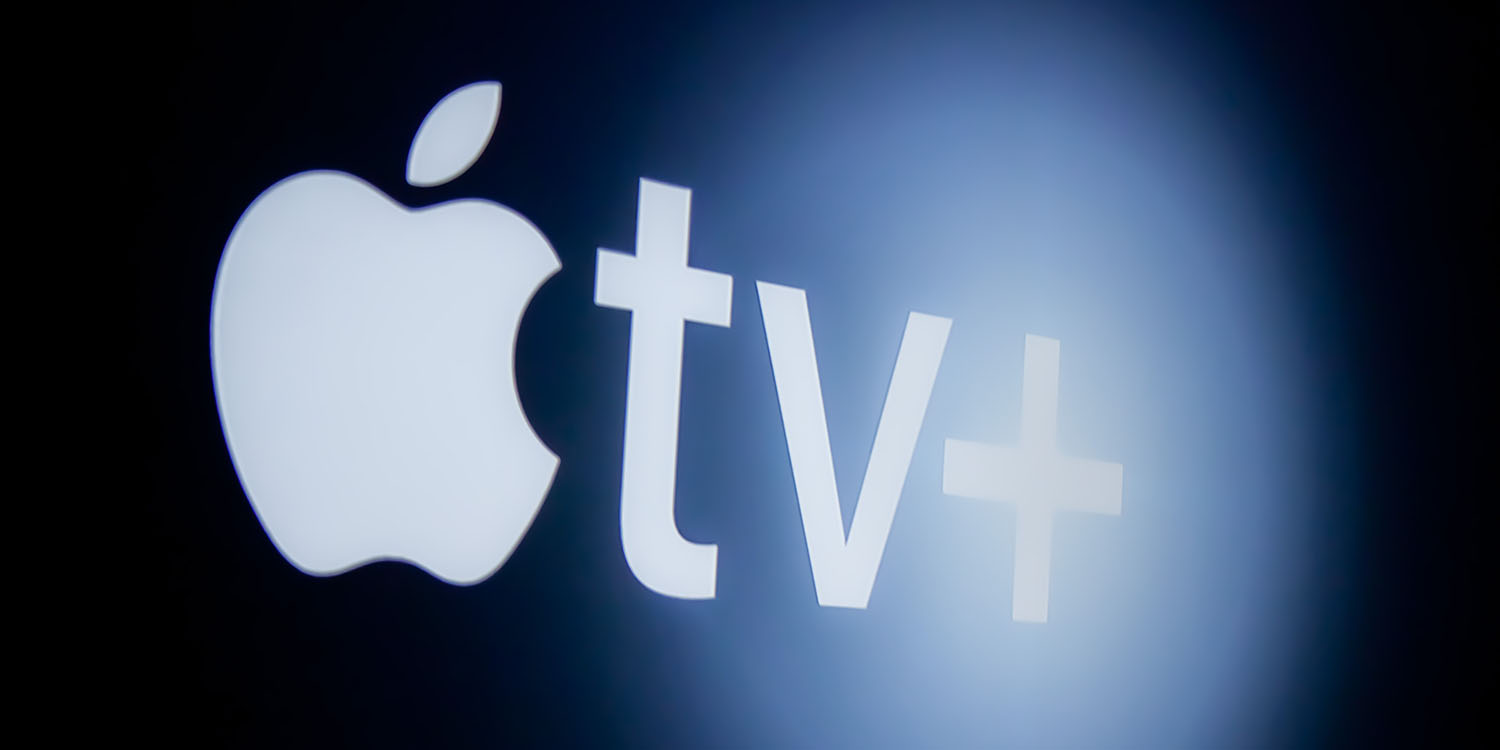
WWW.IGN.COM
When's the Right Time for Diablo 5? Blizzard's Rod Fergusson Wants Diablo 4 'To Be Around for Years... I Don't Know if It's Eternal'
Diablo general manager Rod Fergusson opens his talk at DICE Summit 2025 by talking not about success, but about one of Diablos most high-profile failures: Error 37.Error 37 was an error that appeared to players at the launch of Diablo 3, preventing them from accessing the game due to extremely high numbers of players all trying to join at once. The issue, which impacted massive amounts of players, resulted in widespread criticism of Blizzards handling of the launch, and even became meme-ified. Blizzard eventually fixed the error and Diablo 3 was ultimately (with a lot of time and work) a success.But understandably, Blizzard and Fergusson have been eager to avoid anything like that ever happening again, especially as Diablo evolves into a more complex live service endeavor than its ever been before, with frequent small updates, ongoing seasons, and major expansions planned at regular intervals. Diablo 4, moreso than any of its numbered predecessors, has embraced live service.Another Error 37, or something like it, would be catastrophic. Especially if Blizzard wants Diablo 4 to persist beyond its major content releases: a true live service juggernaut.Diablo, ImmortalAt DICE Summit 2025 in Las Vegas, I spoke with series general manager Rod Fergusson following his talk entitled: Evolving Sanctuary: Building a Resilient Live-Service Game in Diablo IV. On stage, Fergusson covered four key components to ensuring the resilience of Diablo 4: successfully scaling the game, keeping the content flowing, not getting too attached to purity of design, and keeping players updated on whats coming at the expense of surprising them. Throughout his talk, Fergusson reiterated the teams goals of keeping players around regularly, consistently, and for the long haul. His descriptions of content roadmaps and seasons-ahead planning is a stark contrast to past numbered Diablo games - while the series is certainly no stranger to expansions and updates, Diablo appears to be committing to a live service trend thats seeing massive AAA games stick around for much longer and change more rapidly and significantly than they ever have before, rather than leaning on new, numbered releases every few years.PlaySo I asked him what the plan was: is Diablo 4 eternal, or rather, immortal? Is there a marker Fergusson is looking for to know when its time to move on to Diablo 5, or will Diablo 4 simply be the Diablo forever, similar to Blizzards endlessly popular MMO World of Warcraft?Maybe not forever, Fergusson replied. But certainly for a very long time, if he has his way.We want it to be around for years, he said. I don't know if it's eternal. I think Destiny tried and did that like, This is a ten-year game, and then they quickly were not. We want people to see the road ahead, because we know that, to play a Diablo game, you're probably putting hundreds of hours in and we want people to know that we're respecting their time and that we're not just here and gone.Fergusson reminds me that there was over a decade between the release of Diablo 2 and 3, and another decade between Diablo 3 and 4. Granted, neither of these games had anything near the aggressive update cadence that Diablo 4 is planning. But they also didnt have Fergusson at the helm, as he joined in 2020 after years of leading the Gears franchise. And Fergusson, for his part, believes in looking aheadbut not too far ahead.I learned my lesson about calling the shot too early.For instance, Fergusson announced in that same DICE Summit talk that Diablo 4s second expansion would not be arriving until 2026. Despite originally planning for an expansion a year, the teams timeline for Vessel of Hatred was extended when they moved staff working on the expansion onto necessary, immediate updates to the live game when Diablo 4 launched, and again when the first season dropped. There were 18 months between the launch of Diablo 4 and Vessel of Hatred, not 12 as planned. But when I ask Fergusson if 18 months is the new normal for expansions, hes not willing to commit to a specific time frame. He knows better now.I learned my lesson about calling the shot too early. So I think giving, Hey, you can relax for the next 11 months, is about as far as I want to go in this right nowWe're not at a place where we want to put a stake in the ground and call it. Because we're still building it and learning from itOur process is generally that we get internally to a place where we have the certainty to make a call, and then you get to a place where you publicly want to make that call. We're not at the public part yet.Ruining the Surpriseon PurposeFergussons caution is warranted here, especially as his team prepares to be more transparent than ever before about their future plans. Part of that is the aforementioned content roadmap, due to be shown off in April. Another element is the Public Test Realm, or PTR, where players who opt in can play through a version of upcoming patches before its pushed live to the wider public. Fergusson says in his talk that the team initially struggled with the decision to use features like a PTR or content roadmaps, for fear of spoiling the surprise for players. But hes overcome that fear.You just realize that it's better to ruin the surprise for 10,000 people so that millions of people have a great season, he said during his talk. And even if you mess up PTR, even if whatever you're offering to them in the mechanics is bad, I would much rather have a bad week of a PTR than a bad three months trying to recover from putting in something that we were surprising players with and it turned out to be wrong.You can get really spun up on it, he added to me later in our conversation. And we've had it in the early days. We're like, Oh, this got data mined, people know this. Okay, how many people saw it? And its on this Reddit thread, and theres probably 8,000 people there. But we are going to have millions of people. So at the end of the day, its okay. We havent ruined the surprise for everybody.It's better to ruin the surprise for 10,000 people so that millions of people have a great season.One challenge Fergussons facing now is that he wants to offer the PTR to more people, via consoles. Right now, players can only access the PTR via Battle.net on PC, which Fergusson says is due to certification challenges and the general difficulty of releasing new builds on consoles. But he says its something Blizzard is investing in, now with the support of parent company Xbox.Another perk of Xbox, he says, is Diablo 4s presence on Game Pass. Put simply, it lets Diablo amass as many players as possible. He compares it to why Blizzard decided to release Diablo 4 on Steam in addition to Battle.net - it was simply a matter of reaching more people.One of the things that's different from when you think of a live service that's behind a pay gate, like a premium live server, which is what Diablo is, versus a free-to-play live service like Diablo Immortal is, there's an opportunity easier to grow Immortal because there's no barriers to entry, right? Whereas, buying the boxed product or buying the main game is a barrier for some. So that's what Game Pass gets rid of, that barrier. You have this opportunity where you can see new Game Pass players coming in all the time, because they're just like, Oh, I just got Game Pass. Oh, cool, that's in there? And off they go. So it is interesting in terms of sustaining continued new players.All Hours DiabloAs we wrap up our conversation, I ask Fergusson about what hes been playing lately, in hopes of getting a grip on what hes inspired by. I ask if hes picked up Path of Exile 2, and how he feels about people comparing it to Diablo 4. Fergusson disagrees with the comparison. Theyre very different games, he says.But hes still trying to keep folks who love both games in mind for future updates. A lot of people actually tell us, do what you're going to do, but just do us a favor and don't line up your seasons over top of each other. Let me play one season for three weeks and let me play another season for three weeks. Don't make me have to pick and choose. So I get that. As a person who plays lots of games, I totally understand that.PlaySo what is Fergusson playing right now? He tells me his top three games of 2024 by playtime. In third place, NHL 24. In second, Destiny 2.And in first, no surprises here, its Diablo 4. He has 650 hours of Diablo 4 playtime on his home retail account alone, not counting work time. He tells me hes currently playing Companion Druid, but he also just rolled a Dance of Knives Rogue. He just loves Diablo that much. Always has.It's something about the habit of the game, he says. I get interrupted from- I'm halfway through Cyberpunk, I'm halfway through Witcher 3, I'm halfway through Space Marines 2000. I get to these points where I am into a non-service game, then I get distracted by something shiny. But I have this habit of, I got to go do my daily in NHL to go open my free pack of cards, and I have to go play with my brother in Destiny 2 because this is what the game we play together on. And then I just...The reason I came to Diablo five years ago was because it was my favorite game to play. So just because I work and I work doesn't stop me from going home and playing it for hours and hours too.Rebekah Valentine is a senior reporter for IGN. You can find her posting on BlueSky @duckvalentine.bsky.social. Got a story tip? Send it to rvalentine@ign.com.
0 Comments
0 Shares
0 Reviews













